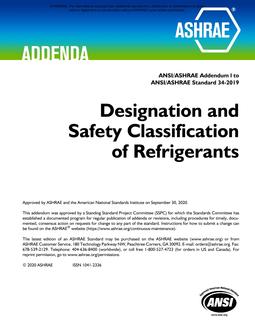A study of five “low-energy†schools in the UK shows thatpredicted CO2 savings are not consistently achieved. Four of the schools evaluated emitted more carbon emissions than themedian UK building, and the fifth showed only marginally superior performance.
This study used real consumption data, computer energy models, long-term light level samples, energy audits, and interviews with facility staff to draw its conclusions.
Although heating energy consumption for these buildings was successfully reduced, electrical energy consumption was much greater than in the existing stock of schools.
Obvious causes are the increase in the use of IT in schools,as well as more stringent internal air quality standards. Less obvious causes are lack of building management training for“intelligent†buildings, new regimes of usage in the buildings, and control strategies that default to equipment and lights being on rather than off. The paper calls for more post-occupancy evaluation to ensure that genuine low-energybuildings are produced.
Units: Dual
Citation: ASHRAE Transactions, vol. 113, pt. 2
Product Details
- Published:
- 2007
- Number of Pages:
- 11
- File Size:
- 1 file , 2 MB
- Product Code(s):
- D-LB-07-001


